A Complete Exploration of Integration by Parts
Integration by parts is a mathematical technique used to integrate products of functions. It’s based on the product rule for differentiation and is often used when an integral cannot be easily solved by basic methods. The formula for integration by parts is derived from the differentiation of a product of two functions.
[include_netrun_products_block from-products="product/6-south-carolina-sc-ready-grade-3-math-practice-tests/" product-list-class="bundle-products float-left" product-item-class="float-left" product-item-image-container-class="p-0 float-left" product-item-image-container-size="col-2" product-item-image-container-custom-style="" product-item-container-size="" product-item-add-to-cart-class="btn-accent btn-purchase-ajax" product-item-button-custom-url="{url}/?ajax-add-to-cart={id}" product-item-button-custom-url-if-not-salable="{productUrl} product-item-container-class="" product-item-element-order="image,title,purchase,price" product-item-title-size="" product-item-title-wrapper-size="col-10" product-item-title-tag="h3" product-item-title-class="mt-0" product-item-title-wrapper-class="float-left pr-0" product-item-price-size="" product-item-purchase-size="" product-item-purchase-wrapper-size="" product-item-price-wrapper-class="pr-0 float-left" product-item-price-wrapper-size="col-10" product-item-read-more-text="" product-item-add-to-cart-text="" product-item-add-to-cart-custom-attribute="title='Purchase this book with single click'" product-item-thumbnail-size="290-380" show-details="false" show-excerpt="false" paginate="false" lazy-load="true"] [include_netrun_products_block from-products="product/6-virginia-sol-grade-3-math-practice-tests/" product-list-class="bundle-products float-left" product-item-class="float-left" product-item-image-container-class="p-0 float-left" product-item-image-container-size="col-2" product-item-image-container-custom-style="" product-item-container-size="" product-item-add-to-cart-class="btn-accent btn-purchase-ajax" product-item-button-custom-url="{url}/?ajax-add-to-cart={id}" product-item-button-custom-url-if-not-salable="{productUrl} product-item-container-class="" product-item-element-order="image,title,purchase,price" product-item-title-size="" product-item-title-wrapper-size="col-10" product-item-title-tag="h3" product-item-title-class="mt-0" product-item-title-wrapper-class="float-left pr-0" product-item-price-size="" product-item-purchase-size="" product-item-purchase-wrapper-size="" product-item-price-wrapper-class="pr-0 float-left" product-item-price-wrapper-size="col-10" product-item-read-more-text="" product-item-add-to-cart-text="" product-item-add-to-cart-custom-attribute="title='Purchase this book with single click'" product-item-thumbnail-size="290-380" show-details="false" show-excerpt="false" paginate="false" lazy-load="true"]

Integration by Parts Formula:
The formula for integration by parts is derived from the product rule of differentiation, which states that \((uv)’ = u’v + uv’\). Integrating both sides, we get \(\int (uv)’ \, dx = \int u’v \, dx + \int uv’ \, dx\). This simplifies to \(uv = \int u’v \, dx + \int uv’ \, dx\). Rearranging, we get the integration by parts formula:
\(\int u \, dv = uv – \int v \, du\)
Here, \(u \) and \( dv \) are functions of \(x \). The derivatives \( du \) and \( v \) are \( du = u'(x) \, dx \) and \( v = \int dv \).
Choosing \( u \) and \( dv \):
The choice of \(u\) and \( dv \) is crucial. A common mnemonic for choosing \( u \) is “LIATE” (Logarithmic, Inverse trigonometric, Algebraic, Trigonometric, Exponential), which prioritizes functions to differentiate in that order. The idea is to choose \( u \) to be a function that becomes simpler when differentiated.
Example:
Let’s integrate \(\int x \, e^x \, dx\).
- Choose \( u \) and \( dv \):
- Let \( u = x \). Then, \(du = dx\).
- Let \( dv = e^x \, dx \). Then, \( v = \int e^x \, dx = e^x \).
- Apply the formula:
- Using the integration by parts formula, we have:
- \(\int x \, e^x \, dx = x \cdot e^x – \int e^x \cdot dx\)
- Solve the remaining integral:
- The integral of \( e^x \) is \( e^x \), so:
- \(\int x \, e^x \, dx = x \cdot e^x – e^x + C\)
Here, \( C \) is the constant of integration. This result gives the integral of the product of \( x \) and \( e^x \).
Integration by parts is a powerful tool in calculus, especially when dealing with products of different types of functions. The key to its successful application lies in the judicious choice of \( u \) and \(dv\).
Related to This Article
More math articles
- Addition of Four-Digit Numbers
- The Best Color Printers for Teachers
- FREE 4th Grade SBAC Math Practice Test
- Best Calculator for College Algebra
- Other Topics Puzzle – Math Challenge 101
- Best Laptops for Back to School
- 4th Grade North Carolina End-of-Grade Math Worksheets: FREE & Printable
- Geometry Puzzle – Critical Thinking 18
- Full-Length 7th Grade Common Core Math Practice Test
- Top 10 4th Grade OST Math Practice Questions

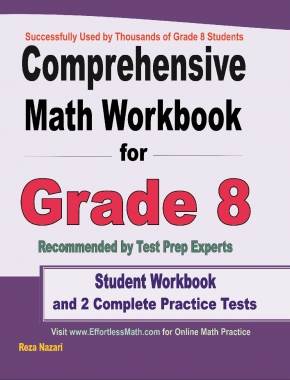
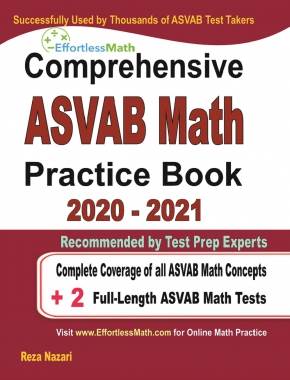
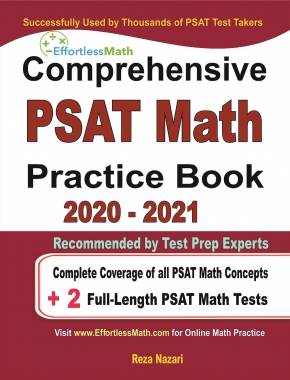
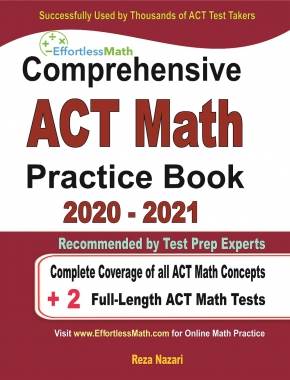
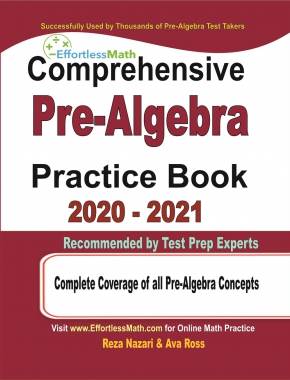
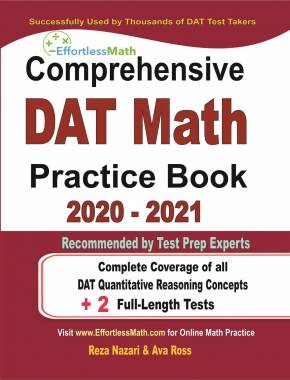
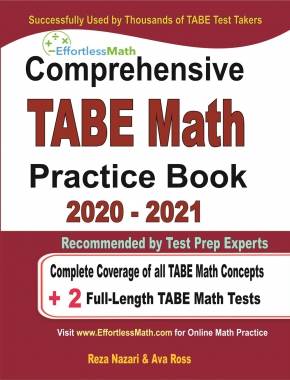
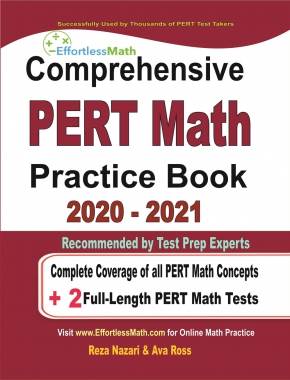
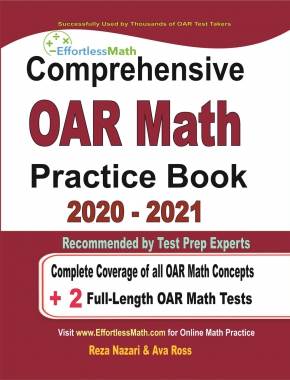
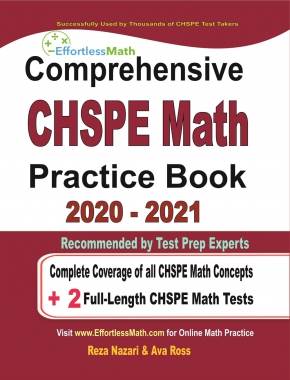
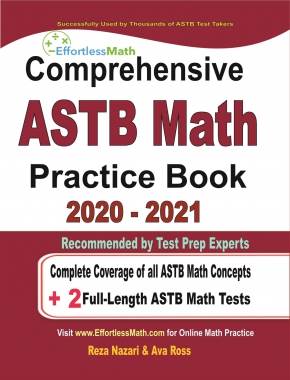


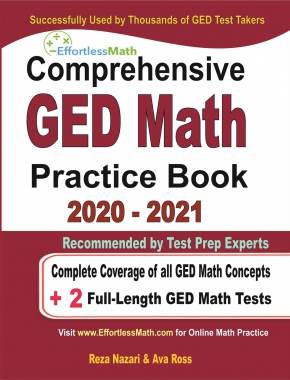











What people say about "A Complete Exploration of Integration by Parts - Effortless Math: We Help Students Learn to LOVE Mathematics"?
No one replied yet.